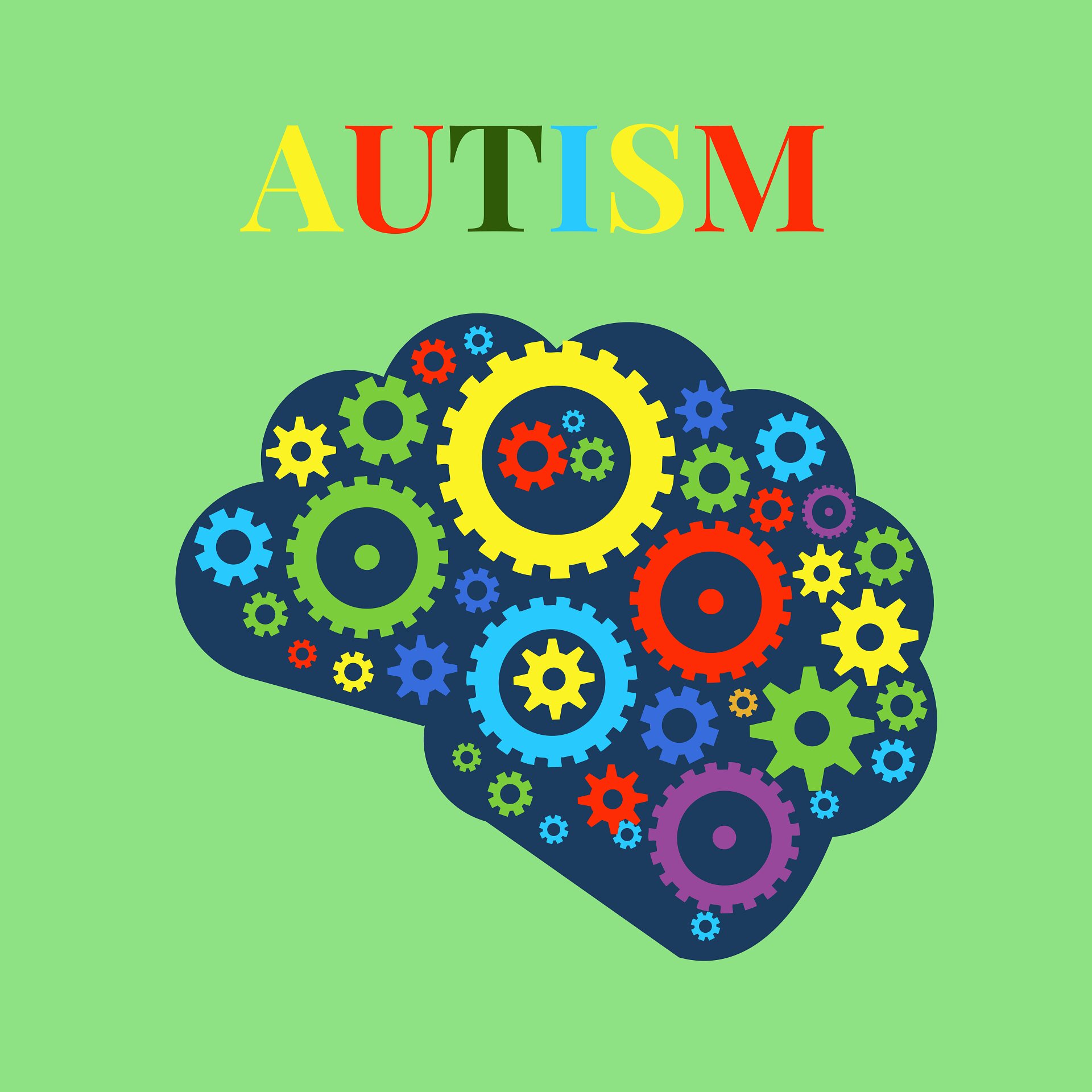When the school bell rings, the playground becomes a bustling micro‑society where kids trade jokes, negotiate turns, and sometimes, unfortunately, stumble over social cues. For parents and educators, spotting autism signs in children who have difficulty with social interactions in the playground can feel like searching for a needle in a haystack. This guide offers a clear map, blending evidence‑based observations with a touch of light humor, to help you spot the subtle signs and support your child’s playtime journey.
Understanding the Playground Puzzle
What Makes the Playground a Social Lab
The playground is a living laboratory where children test boundaries, practice empathy, and learn the unwritten rules of play. It’s a place where a simple “can I join?” can become a complex dance of signals, turn‑taking, and negotiation.
Common Social Struggles in Playtime
- Difficulty initiating or maintaining conversation Misreading facial expressions or tone Avoiding eye contact or over‑fixating on specific objects Rigid adherence to personal space boundaries
These behaviors may surface during recess, but they can also be subtle enough to slip past even the most observant parents.
Key Autism Signs in Children Who Have Difficulty with Social Interactions in the Playground
Observing Body Language and Eye Contact
A hallmark of autism is a distinctive pattern in how children use body language. In the playground context, you might notice:
- Avoidance of eye contact while others look at each other Repeatedly looking at the ground or a specific spot instead of peers A rigid posture that doesn’t shift when the group dynamic changes
> “Children with autism often look at the world through a different lens,” says Dr. Maya what are the 3 main causes of autism Patel, a child psychologist. “Their eyes tell a different story than their words.”
Repetitive Play Patterns
Rather than mixing games, a child may repeatedly engage in the same activity, such as lining up blocks in a specific order or spinning a wheel over and over. While repetition can be comforting, it may also signal a need for predictability in a chaotic environment.
Sensory Overload Signals
The playground is a sensory buffet—loud laughter, bright colors, and the clatter of equipment. Signs of sensory overload include:
- Covering ears or turning away when a noise becomes too intense Seeking quiet corners even when the rest of the group is playing Exhibiting sudden agitation or tears when surrounded by too many stimuli
These reactions often surface when a child’s sensory thresholds are overwhelmed.
A Real‑Life Snapshot
I once watched a six‑year‑old named Alex who, during recess, would sit on the swing, staring at the sky, while the other kids chased each other around the jungle gym. When a friend tried to join him, Alex simply nodded, and then turned his gaze back to the clouds. A few minutes later, he began swinging faster, his face lit with a grin that felt oddly out of sync with the scene. The parents noticed this pattern and later learned Alex was on the autism spectrum. This anecdote illustrates how a seemingly ordinary moment can hold clues to a child’s inner world.
Practical Tips for Parents and Teachers
- Create predictable routines: Set a clear “playtime” schedule so children know what to expect. Use visual supports: Simple picture cards can help children understand turn‑taking or sharing. Encourage gentle prompts: Instead of telling a child to “join in,” ask, “Would you like to play with us?” Offer sensory breaks: A quiet corner with a bean bag or a sensory kit can give children a reset. Model inclusive play: Demonstrate how to ask for help, share, and respect personal space.
These strategies can transform a challenging playground into a welcoming arena for all kids.
When to Seek Professional Guidance
Red Flags to Watch
- Persistent avoidance of eye contact or social interaction Repetitive, ritualistic play that doesn’t change over time Sensory sensitivities that interfere with daily activities Difficulty understanding or following simple instructions
If these signs are present, a professional evaluation can provide clarity and a tailored support plan.
The Role of Early Intervention
Early intervention is like planting a seed before winter; it gives a child the best chance to flourish. Speech therapists, occupational therapists, and behavioral specialists can work together to build social skills, sensory regulation, and communication strategies.
Empowering Play: Strategies That Work
- Use “play buddies”: Pair a child with a peer who can model social cues. Incorporate structured games: Games with clear rules reduce ambiguity and anxiety. Celebrate small victories: Acknowledge when a child initiates a conversation or shares a toy. Adjust the environment: Reduce background noise or provide shaded areas to ease sensory overload.
These tactics help children feel more confident and engaged during recess.
The Final Word: Turning Challenges into Opportunities
“Play is the highest form of research,” Albert Einstein once mused. In the playground, every game is a chance for a child to learn, adapt, and grow. By staying observant, offering gentle guidance, and seeking professional support when needed, we can help children who have difficulty with social interactions in the playground turn challenges into stepping stones toward confidence and connection.

If you suspect your child might be exhibiting autism signs in the playground, consider scheduling an evaluation with a pediatric specialist. Early insight can lead to early support, and early support can pave the way for a brighter, more inclusive playground experience.
